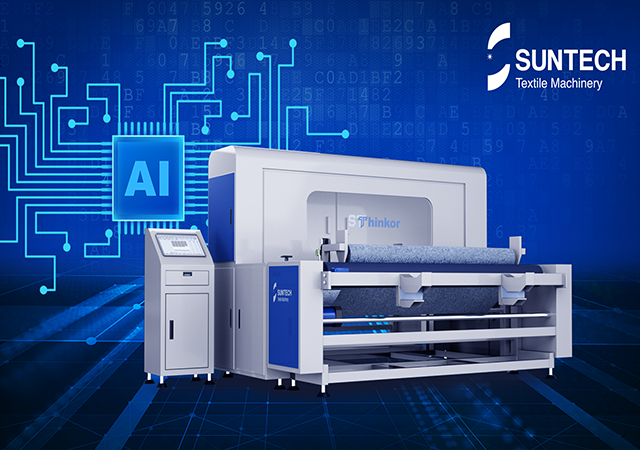As the textile industry continues to evolve, integrating advanced technology into traditional processes has become crucial. A prime example of this shift is the increasing reliance on automation in fabric inspection machines. These machines not only streamline operations but also significantly enhance the accuracy and efficiency of fabric inspection. This discussion aims to explore how automation revolutionizes fabric inspection and why it represents a substantial improvement over traditional methods.
Understanding Automation in Fabric Inspection Machines
Automation in fabric inspection involves utilizing sophisticated machinery to perform tasks traditionally done by humans, such as identifying defects, measuring fabric quality, and ensuring consistency across batches. This shift towards automation aids in boosting productivity, minimizing errors, and reducing waste, ultimately leading to a more streamlined production process.
Advantages of Automated Fabric Inspection Systems
Enhanced Efficiency and Speed: Automated systems can inspect fabrics quicker and more accurately than manual inspections, reducing production times and accelerating time-to-market for new textiles.
Improved Workplace Safety: Automation minimizes the need for human interaction with potentially hazardous materials or tools, thereby enhancing safety standards in the workplace.
Cost-Effectiveness: Although the initial investment in automated systems might be significant, the long-term savings through reduced labor costs and decreased waste contribute to overall cost efficiency.

Types of Automated Fabric Inspection Systems
Optical Fabric Inspection: This technology uses sensors and cameras to detect imperfections and inconsistencies in fabrics at high speeds, offering a precise and rapid inspection process.
Camera-Based Inspection Systems: Advanced systems like the SUNTECH Automatic Camera Fabric Inspection System utilize AI and machine learning to identify defects. These systems operate with minimal human intervention, maximizing efficiency and reliability.
Choosing the Right Automated Fabric Inspection System
When selecting an automated fabric inspection system, consider the following:
Type of Fabric: Ensure the system is compatible with the fabrics you commonly use.
Batch Size: Opt for a system that can handle your typical batch sizes efficiently.
Degree of Automation: Decide between fully automated and semi-automated systems based on your operational needs and budget.
Budget Constraints: Automated systems vary in price. Balance between cost and features to find a system that offers the best value for your needs.
Common Challenges and Solutions in Automated Fabric Inspection
While automated systems offer numerous benefits, they also present challenges such as maintaining cleanliness in the machines, ensuring proper fabric alignment, and minimizing operator errors. Regular maintenance, proper training for operators, and choosing systems with user-friendly interfaces can help mitigate these issues.
Conclusion: The Future of Fabric Inspection
Automation is transforming fabric inspection into a more efficient, accurate, and safer process. By adopting automated systems, textile manufacturers can not only improve the quality of their products but also enhance overall productivity and maintain competitiveness in the market. With companies like SUNTECH leading the way in fabric inspection technology, the industry is well on its path to achieving new heights in quality assurance.
Explore More Solutions from SUNTECH
Besides fabric inspection systems, SUNTECH also offers a range of textile processing machines including fabric roll cutting machines, automatic packing machines, and fabric cutting machines designed for the garment industry. For more information on these innovative solutions, visit SUNTECH's website.




